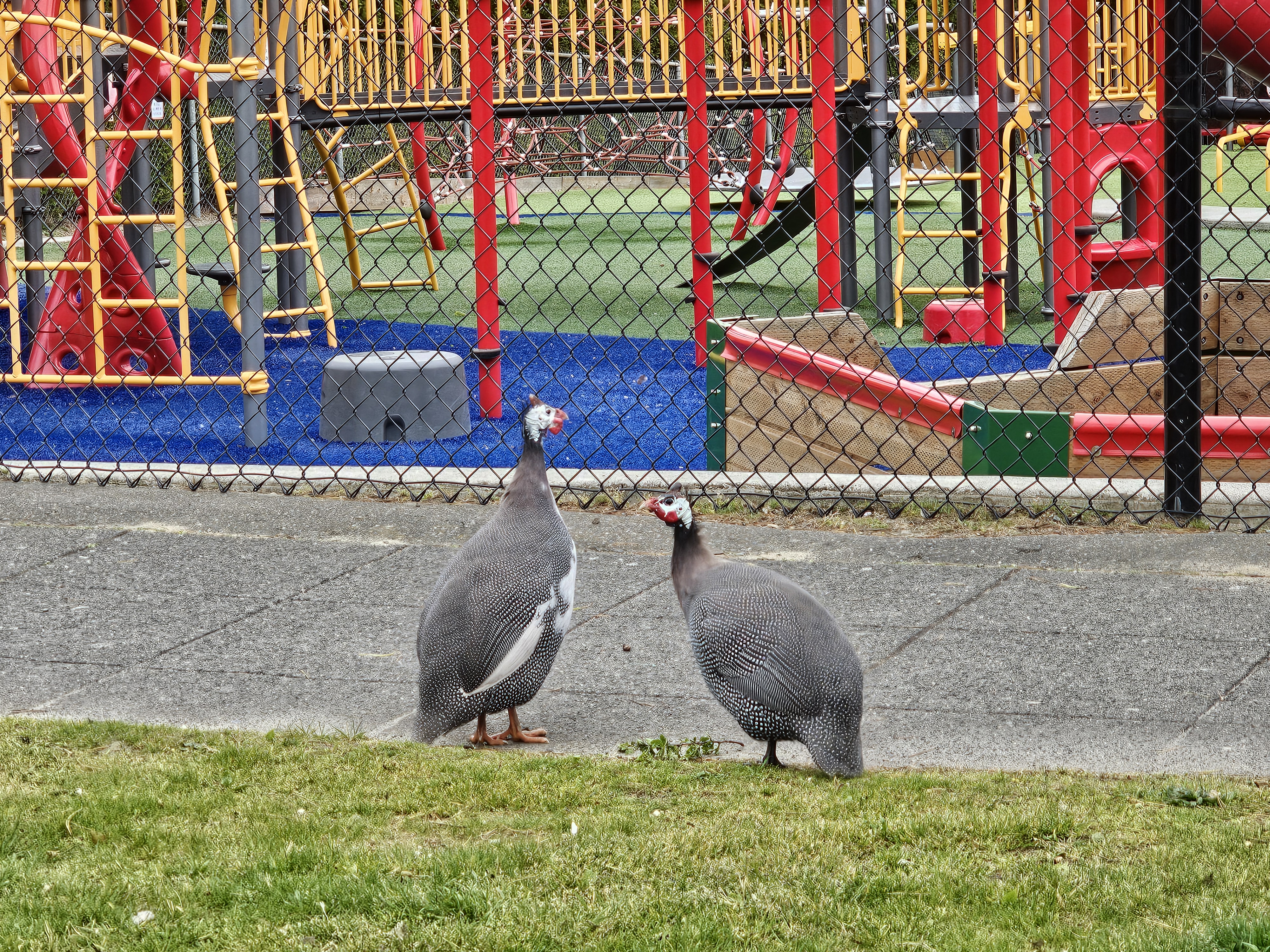As you’ve probably heard, the rainfall this past day-plus is record-setting, 3+ inches. Besides ponding on roads and sidewalks, and turning the ground spongy, there’s one other effect of note: Waterway pollution. The framegrab is from this online map that tracks whether county and city outfalls are experiencing “combined-sewer overflows” – and the ones marked in red were doing just that when we checked just after the top of the hour, including outfalls south of the Fauntleroy ferry dock, along Harbor Island, and on the Duwamish River. The combined-sewer system refers to rainwater draining into the sewer system at such a volume that it overwhelms the system’s capacity. Both the city and county have built projects in recent years – like the Murray Wet Weather Facility across from Lowman Beach Park – to try to reduce the frequency and amount of overflows, but some still happen. In addition to facilities like the one at Lowman that store water until it can be released into the system without an overflow, other projects have sought to relieve the burden on the system by other means such as raingardens and retention ponds.
P.S. Though you can’t stop the rain, you can lessen the effect of stormwater pollution – both CSO-related and the kind that drains directly to local waterways – by following advice like this.



| 29 COMMENTS